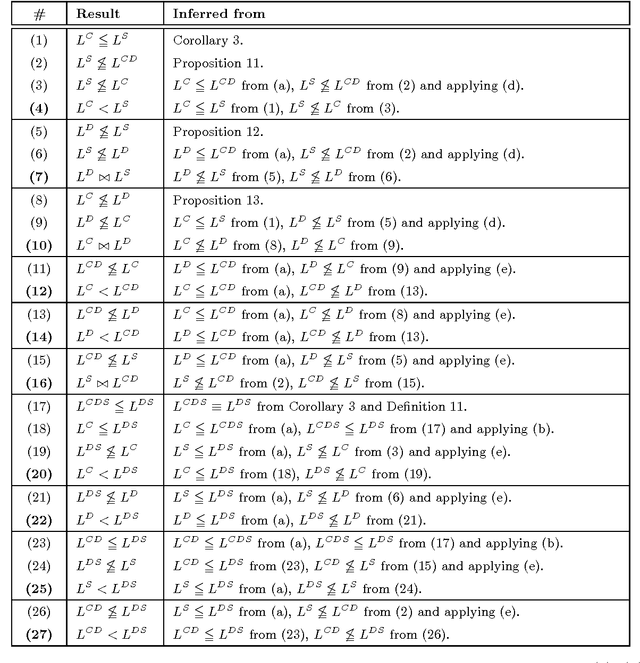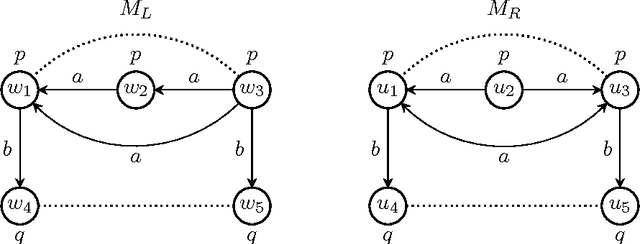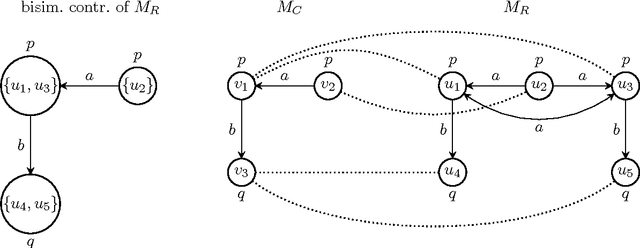Martin Holm Jensen
Bisimulation and expressivity for conditional belief, degrees of belief, and safe belief
Feb 25, 2016



Abstract:Plausibility models are Kripke models that agents use to reason about knowledge and belief, both of themselves and of each other. Such models are used to interpret the notions of conditional belief, degrees of belief, and safe belief. The logic of conditional belief contains that modality and also the knowledge modality, and similarly for the logic of degrees of belief and the logic of safe belief. With respect to these logics, plausibility models may contain too much information. A proper notion of bisimulation is required that characterises them. We define that notion of bisimulation and prove the required characterisations: on the class of image-finite and preimage-finite models (with respect to the plausibility relation), two pointed Kripke models are modally equivalent in either of the three logics, if and only if they are bisimilar. As a result, the information content of such a model can be similarly expressed in the logic of conditional belief, or the logic of degrees of belief, or that of safe belief. This, we found a surprising result. Still, that does not mean that the logics are equally expressive: the logics of conditional and degrees of belief are incomparable, the logics of degrees of belief and safe belief are incomparable, while the logic of safe belief is more expressive than the logic of conditional belief. In view of the result on bisimulation characterisation, this is an equally surprising result. We hope our insights may contribute to the growing community of formal epistemology and on the relation between qualitative and quantitative modelling.
 Add to Chrome
Add to Chrome Add to Firefox
Add to Firefox Add to Edge
Add to Edge